Glasshouse and conservatory construction have come a long way since the days of ancient Rome, when Pliny the Elder wrote about the Emperor Tiberius’s love of cucumbers. Such was the regal passion for the vegetable that he had, as Pliny described, “raised beds made in frames upon wheels, by means of which the cucumbers were moved and exposed to the full heat of the sun, while in winter, they were withdrawn, and placed under the protection of frames glazed with mirror-stone.”
Tiberius likely used mica for glazing his cucumber frames in winter; in modern times, however, the invention and production of large panels of plate glass in the early 1900s, and then the development of all-weather glazing, allowed modern architectural design to embrace the outdoors, turning mid-century homes into virtual live-in greenhouses. The result was a happy blurring of indoors and outdoors. It’s a trend that carried well into contemporary house and garden design, matching our love of active living in harmony with nature, something that I have explored in depth in my recent book, Midcentury Modern Landscapes.
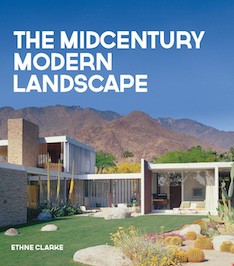
Research for the book introduced me to some quite amazing houses, many built where the weather is most cooperative. California, of course, where, in the 1950s – 60s, designers like Tommy Church produced some relaxed uncluttered designs to complement glass-walled houses; his classic book, Gardens are for People, cemented the notion of the American garden as a recreational space for family and friends to be at home in nature, as opposed to an artifact to be viewed—a canvas painted with plants. From there it was just a short hop across the Pacific and today some of the most inventive “glasshouses” can be found in Southeast Asia, and Viet Nam in particular, the lively T-House (below) designed by Studio Kientruc O; read Dezeen’s story about the T-House here. Australia, too, exploits its climate with homes built seemingly without walls, the barriers wheeled into place as required. Shades of Tiberius’s frames!

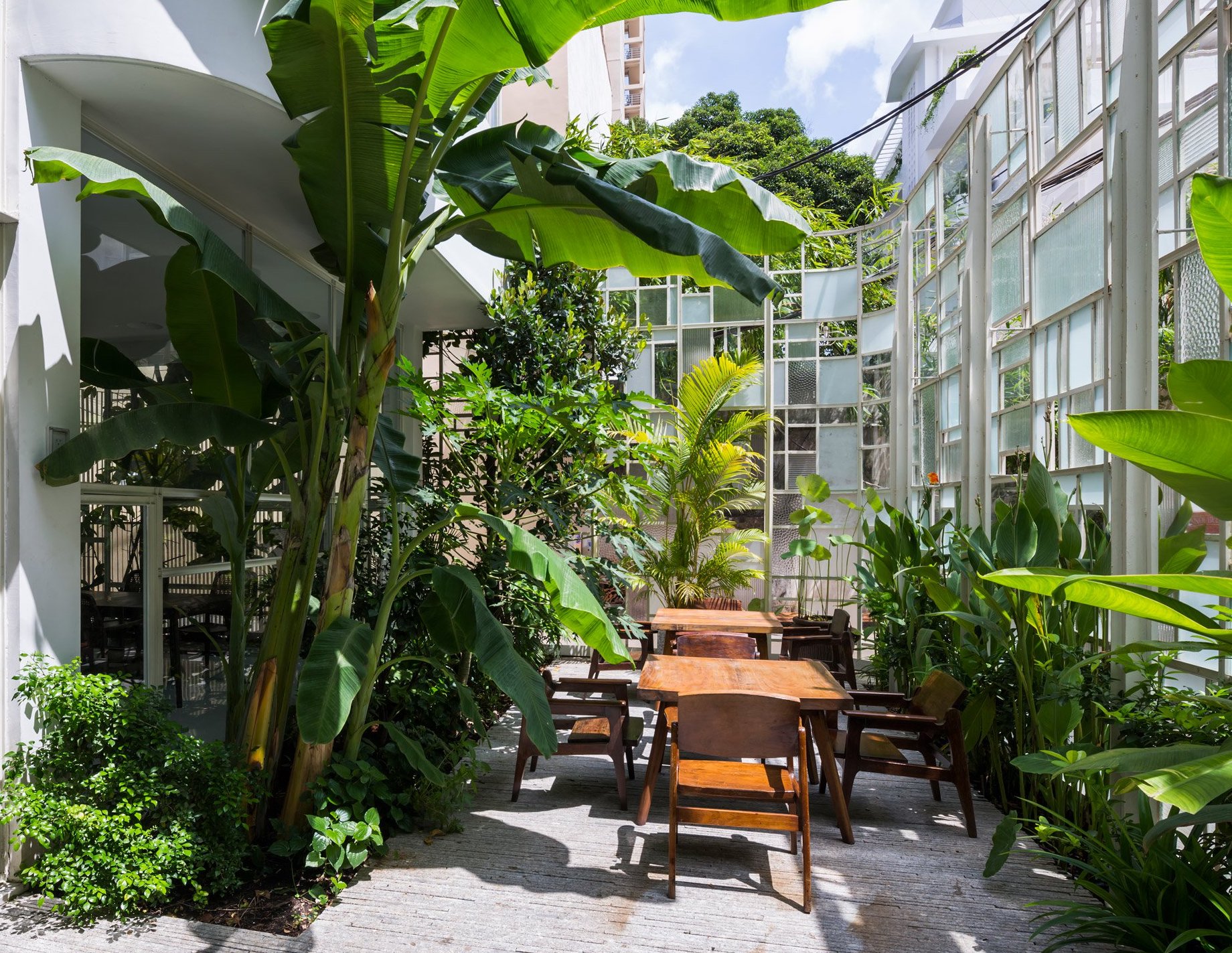
Modernist design is quite rectilinear; you have only to look at a ranch house built in the 1950s to know that right angles were deemed the perfect complement to large rectangular windows. Trying to work a decoratively trimmed, Victorian-style conservatory into the surrounding landscape is a challenge, and a sturdy workman-styled greenhouse look just that, sturdy rather than an enhancement. Gone are the days when homes had “work yards”, so structures must do double duty. The Hartley range of Modern greenhouses fit that bill. With the popularity of mid-century modern interior and exterior décor, more people are becoming aware that the simple lines of the period disguise the functionality of the design.
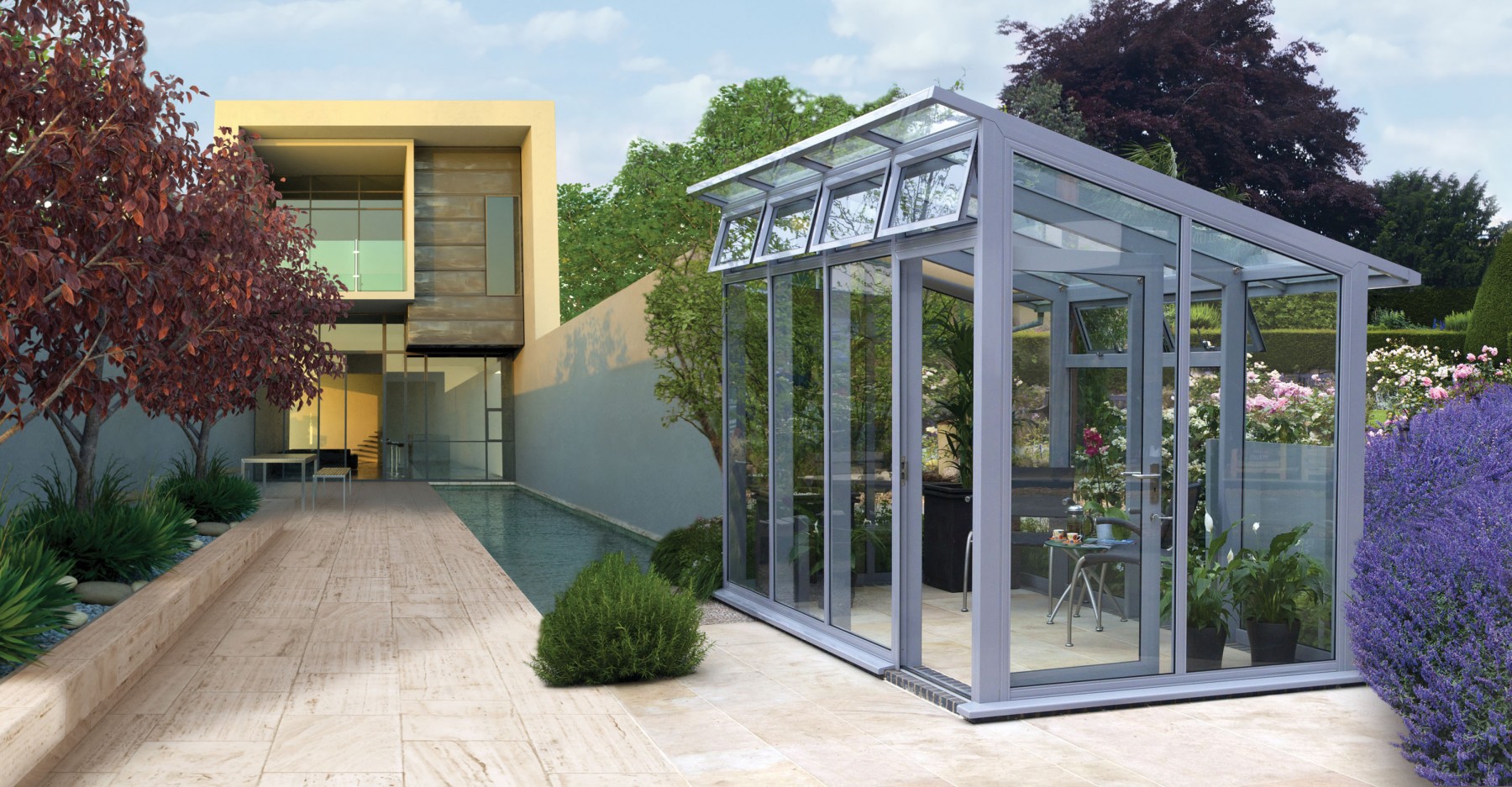
For many of us, an introduction to greenhouse growing came not through built structures, but via creating miniature worlds in glass jars or fishbowls. For weeks I had a long-suffering mantis living in a jam jar. I poked holes in the lid so he had air, added some moss and soil to make a balanced if cramped environment. Bruce (that was his name) wasn’t the most exciting companion; he mostly sat with Zen-like patience on carefully positioned stick above the mossy carpet, waiting for the day when karmic forces set him free. Which is precisely what happened when I turned the jar contents out to freshen the furniture. Off he flew—so good was he at mimicking his woody perch I’d overlooked his presence!
Seriously, terrariums are child’s play to create, but have become sophisticated objects for tabletop displays, replacing the tired old mother in laws tongue. All you need is a nicely shaped glass container. Then put an inch or two of pea gravel in the bottom and cover it with a layer of potting mix; use a mix to suit your selected plants, i.e. cacti and succulents need a mix that provides good drainage; moisture-loving plants will require a mix with plenty of humus to hold water. Don’t overcrowd the plants; shake soil from the roots before planting in the terrarium and mulch around the plants with washed sand or gravel.
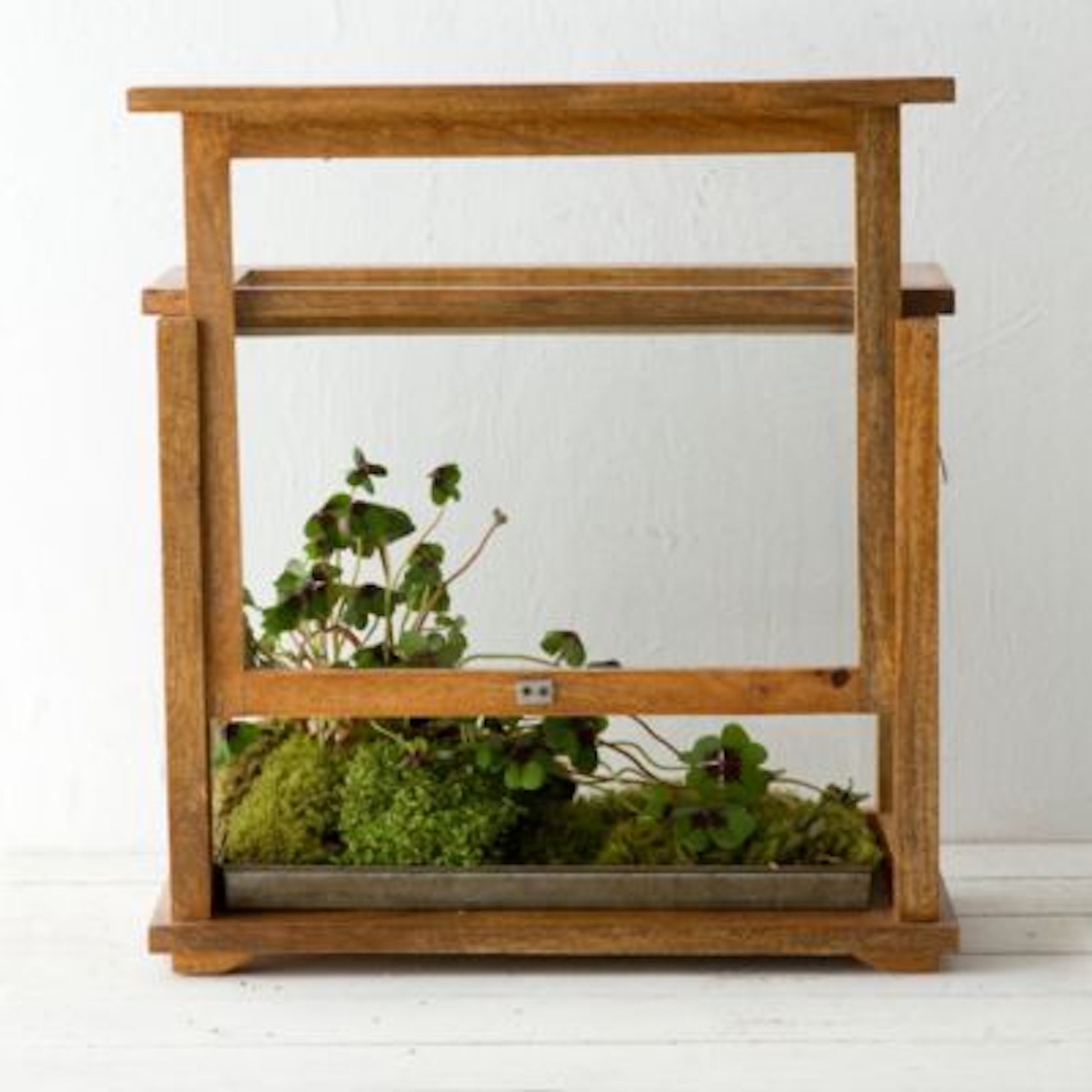
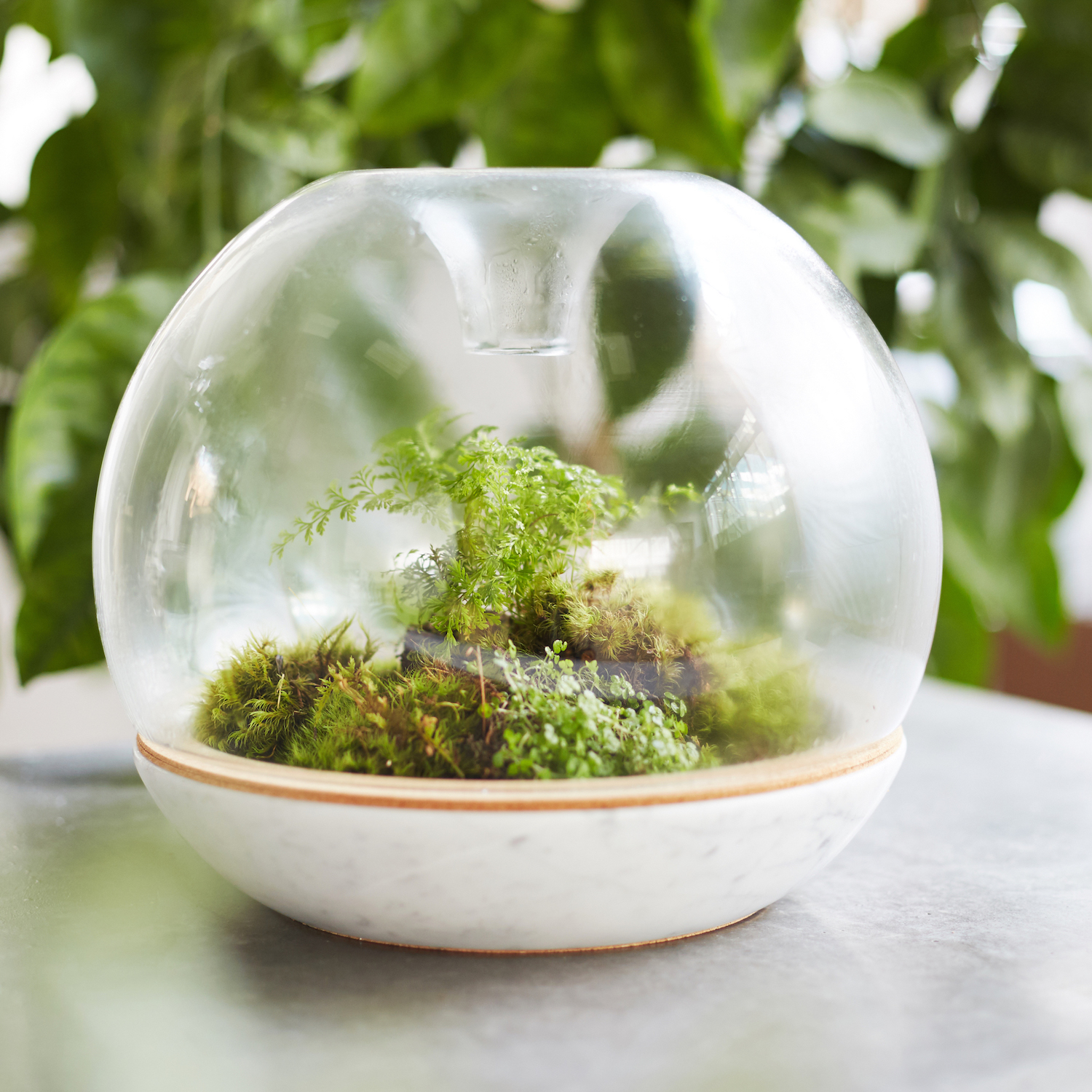
Terrain has these and more terrarium style as well as kits that make a great holiday gift for a budding gardener, and if you’re interested in learning more about mid-century modern style indoors and out, join me at Modernism Week in Palm Springs, California. I’ll be talking about my book at signing copies there on the 22 February at 10am. Be there or be square.
© Text Ethne Clarke, 2017










